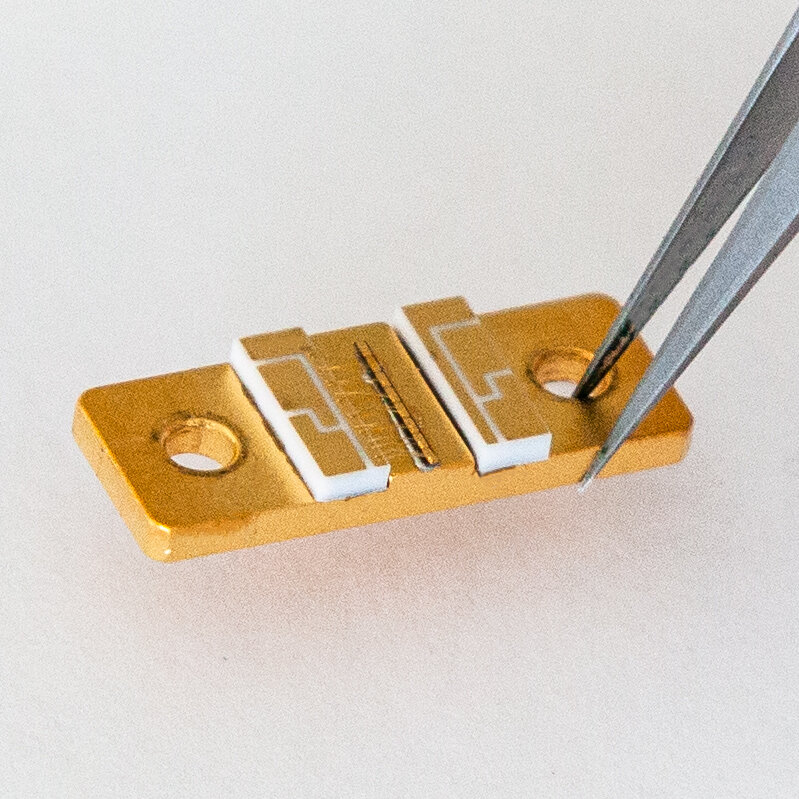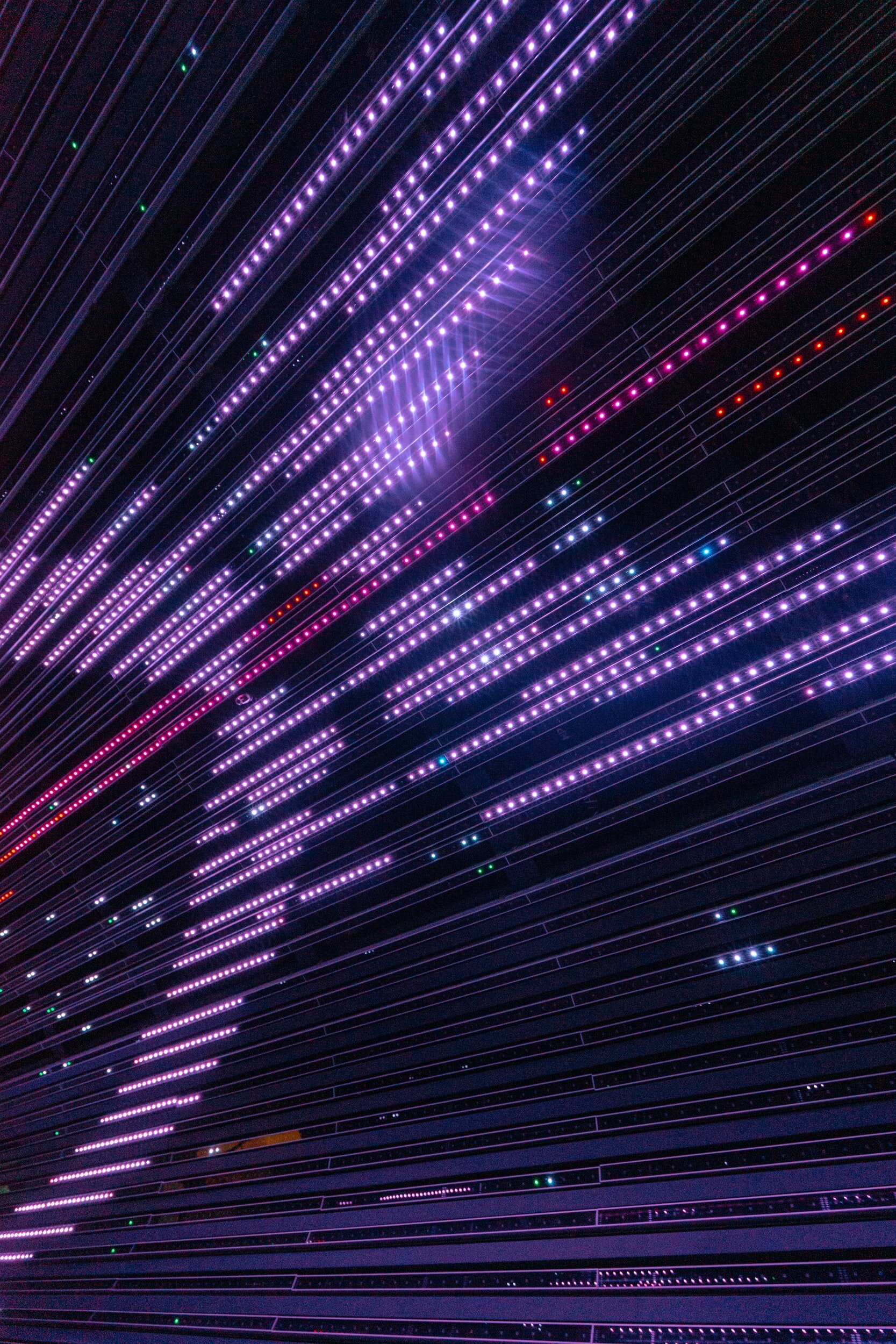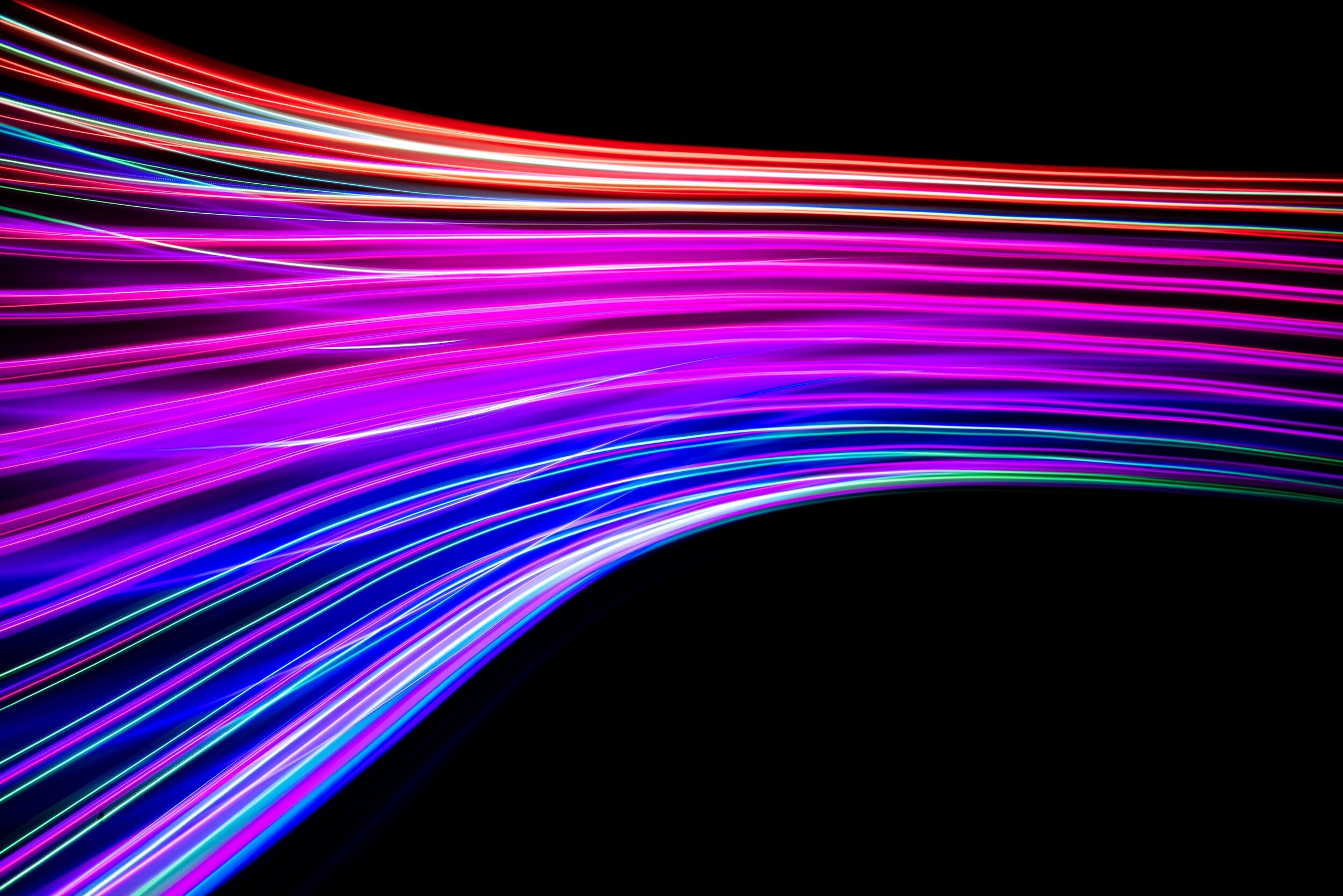Features of QCL Frequency Combs
-

Wide Spectra
QCL frequency combs can have spectral widths in excess of 100 wavenumbers, with central wavelengths anywhere between 4-12 µm.
-

Compactness
Like other QCLs, frequency combs with output powers in the hundreds of milliwatts are also small enough to fit on your finger.
-

GHz Signal Generation
QCL frequency combs are unique in that they can produce highly stable and low-noise GHz signals such as those used in telecommunications.
QCL Frequency Combs
QCL frequency combs are a cutting-edge mid-infrared technology which open up new avenues in laser spectroscopy and imaging. Unlike prior optical frequency combs, QCL comb systems have a significantly smaller physical footprint, allowing them to be used in applications where space is a constraint, or integrated into portable electronics systems. They are even compact enough to be integrated into lab-on-a-chip devices.
QCL combs emit light in a wide spectrum consisting of equidistant peaks in frequency space. Every single tooth of a frequency comb can be considered as a single laser with ~1 mW of power. In this way, a comb is a less expensive version of a laser array. It is also far simpler to operate such a system since there is only one laser chip and only one beam to align with the optical setup.
Frequency combs can be extended to different wavelength ranges. QCL combs at 6 µm are already available commercially, but it is also possible to develop QCL combs for broad spectral coverage in THz spectroscopy. Additionally, the electrical output can be used to generate a RF signal that is very pure and has intrinsically white noise. This can be just as useful as the optical output, particularly for telecommunications applications.




